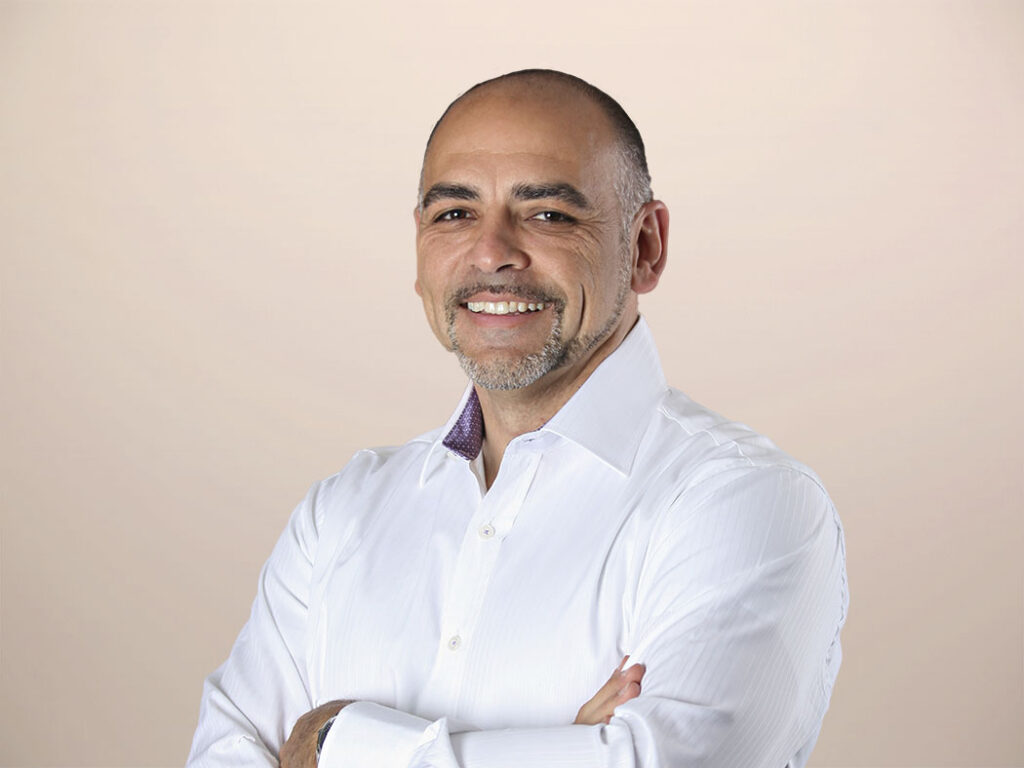You Say Tum-AY-Toe, I Say Tum-AH-Toe — What’s Your AIOps Perspective?
We all see and experience things through the lens of prior travels and encounters. This is no different from the path you choose to move forward with your AIOps implementations. An outcome of our Now Tech: Artificial Intelligence For IT Operations, Q2 2022 report was confirmation that more vendors have entered the AIOps market. I touched on this briefly in our AIOps Data Overview, Q2 2022 report. To summarize, vendors are tackling the delivery of AIOps technology solutions in three main evolutionary tracks: technology-centric, process-centric, and operationally aligned. A fourth perspective is what I refer to as “AIOps lite.” This is really a practitioner approach more so than a vendor offering. I won’t cover it here, beyond saying that AIOps lite is a DIY approach for practitioners who don’t have budgets allocated for AIOps efforts but still need to make some moves in that direction.

Centric Versus Aligned
Both technology-centric and process-centric approaches take a vertical perspective through the five tiers of the AIOps reference architecture. The technology-centric perspective is rooted in monitoring technologies as its foundation and works its way up the reference architecture from sensory and telemetry data to the practices that use the data. As you might assume, the process-centric approach takes the opposite tactic, starting at the top of the AIOps reference architecture and working its way down through the tiers toward the sensory and telemetry data. Depending on your organizational strengths and weaknesses, as well as your current technology investments, one approach will be better suited than the other to deliver AIOps value.
Operations-Aligned
The operations-aligned perspective takes a left-to-right approach through the AIOps reference architecture, attacking each tier of functionality horizontally. Based again on the strengths and weaknesses of your organization, this approach might be your best way to deliver AIOps value by tackling each AIOps capability independently. This approach leverages your existing investments in a vendor technology portfolio. The vendor may have all 18 AIOps capabilities in its portfolio but hasn’t quite fully integrated them into a stand-alone solution. They may or may not provide a unified interface across the portfolio while still providing all the capabilities of a full-stack AIOps solution. This perspective can be a bit more disjointed than the technology- or process-centric approaches, but it might be perfect for organizations heavily invested in a vendor with this potential. This perspective differs from AIOps lite because it is focused on capabilities from a single vendor, not multiple.
Is One Tomato Better Than The Others?
As I’ve already stated above on several occasions, this is not about a particular perspective being right or wrong. It’s about what’s right for you and your organization at this moment in time! All four approaches seek to deliver better insights for your business operations. They just take different perspectives on how they do it. The vendors in each of these categories are working hard to help you get there based on their own starting point. It’s not to say that all the perspectives value each capability in the AIOps reference architecture similarly, because they don’t — and that’s OK. I get into this in more detail in my recent The Three Stages Of Preparation For AIOps report. At a high level, it’s obvious that a process perspective will weigh process improvements more heavily when making strategic decisions versus engineers in a technology-driven approach, who will value technical details more in their strategic approach. Neither is wrong if applied to the right environment and if everyone understands the pros and cons of each.
Do Your Homework, Then Let Us Help You Decide What’s Best For YOU
For the purpose of this blog and The Three Stages Of Preparation For AIOps report, I focused on the three primary perspectives. I am leaving the AIOps lite approach for a future blog or for one-on-one inquiries where I could probe your specific scenario more deeply to provide guidance. What is again vital to understand is that there is no right or wrong path in a generic sense. Every organization is unique in terms of its operating environment, current technology investments, and challenges it faces. Because of this, the approach that one organization takes may be perfect for them but dead wrong for a peer organization. You need to chart your own course. Check out The Three Stages Of Preparation For AIOps report to help you better understand the different perspectives and get moving. Don’t worry that someone else is doing it another way or pronouncing “tomato” differently.
Join The Conversation
I invite you to reach out to me through social media if you want to provide general feedback. If you prefer more formal or private discussions, email inquiry@forrester.com to set up a meeting! Click Carlos at Forrester.com to follow my research and continue the discussion.
